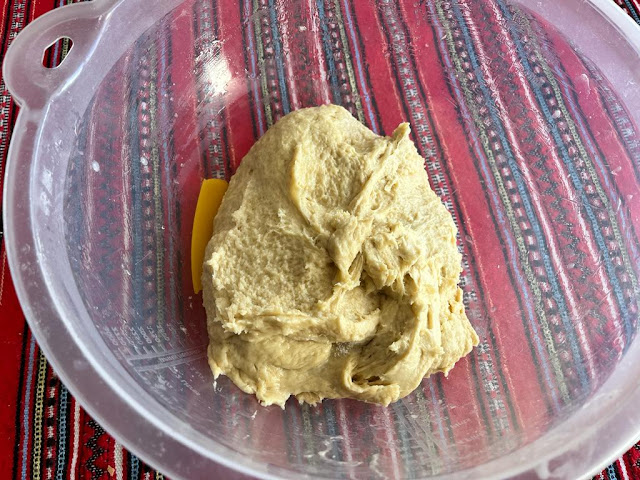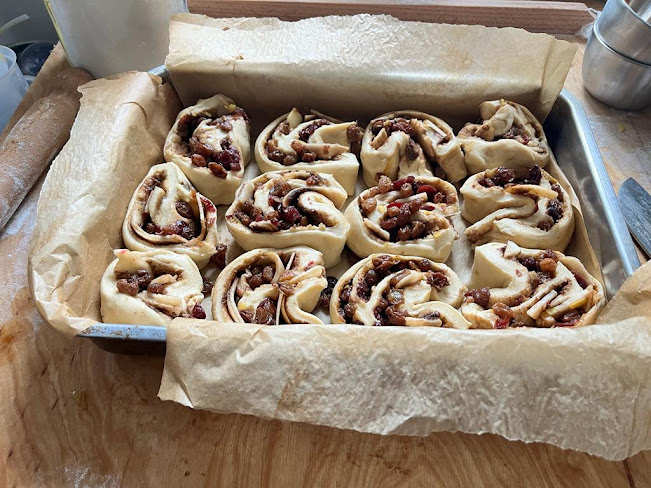BC20 Pimlico Buns
Welcome to another step-by-step recipe from BreadClub20. Why not drop by our main Facebook page by clicking here.... If you like what you see and enjoy the recipe, we hope you join us by 'Liking' and 'Subscribing'.
On the main road from Pimlico to Chelsea, just by Ranelagh House and Gardens is Jew's Row. It's by Grosvenor Row and not far from the Chelsea Hospital.
Back in the early 18th century, The Chelsea Bun House was situated in Jew's Row. Frequented by Royalty - Georges II and III, as well as Princess Caroline, Lord Ranelagh and Jonathan Swift, it was famous for its Easter Hot Cross Buns as well as the distinctive bun that took its name into history - the Chelsea Bun.
The business survived until 1839, when the Chelsea Bun House was finally demolished. Founded by the Louden family, David Louden eventually sold out to Richard Hand, known as 'Captain Bun'. Richard's wife continued to run the Bun House after his death. From son to son, the business continued until it closed in 1839 when the property reverted to the Crown and all the equipment was auctioned off.
 |
| The Chelsea Bun House. |
Yes, these Chelsea-style Buns are moving up a level, changing their name but retaining their close association with a traditional bake.
Kitty Tait in 'Breadsong' (2021) refers to a 'next level' Chelsea Bun. I've adopted her basic formula, adapted it and, dare I say it...I think I might have improved on it! That's for you to decide.
Either way, they can't be called 'Chelsea Buns' because they're not...so, ladies and gentlemen, boys and girls....I give you....
But, instead of being always 'Made in Chelsea', they're two miles up the road.. and, never 'Baked in Pimlico'.
The Pimlico Bun is best eaten fresh. They do not have a long shelf-life. You may wish to scale the formula down.
BC20 PIMLICO BUNS
THE NIGHT BEFORE
We start with the dough...
500 gms strong white bread flour
200 gms lukewarm whole milk
80 gms caster sugar
10 gms crushed sea salt
127 gms unsalted butter
2 eggs
7 gms instant active yeast
Add the wet ingredients to the dry and mix thoroughly.
Knead until you have a soft and silky dough.
Place in a slightly-oiled bowl, cover and place in the refrigerator overnight.
Then we move on to preparing the fruit...
75 gms sultanas
75 gms raisins
50 gms dried cranberries
1 teaspoon garam masala
120 gms boiling water
An Earl Grey or Lady Grey tea bag
zest of one lemon - sprinkle the chopped zest over the top of the apple
Add the dried fruit and the tea bag to a large bowl.
Stir in the boiling water and the garam masala
Cover land leave overnight




.jpeg)
.jpeg)

.jpeg)
.jpeg)
.jpeg)







Comments
Post a Comment